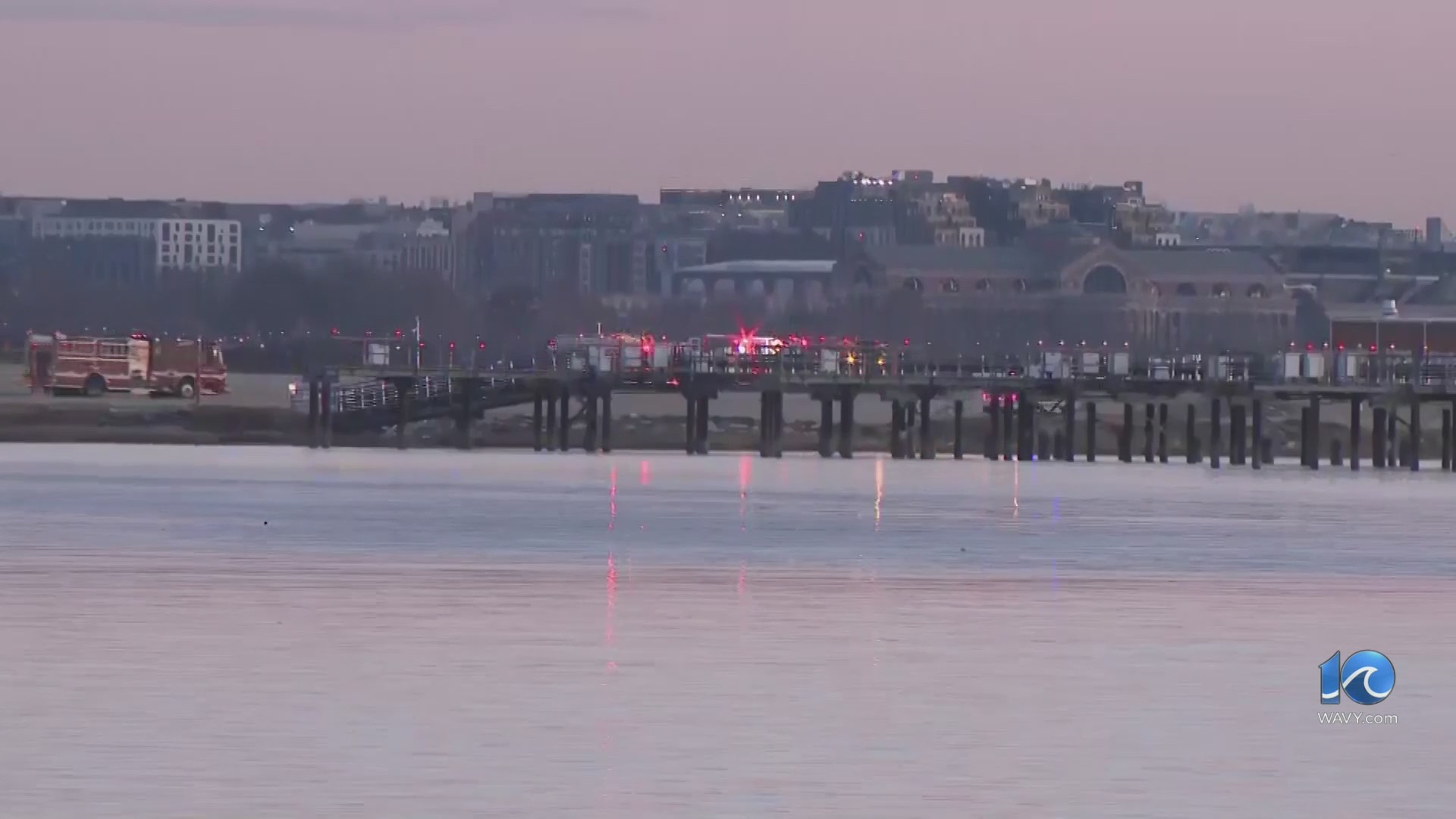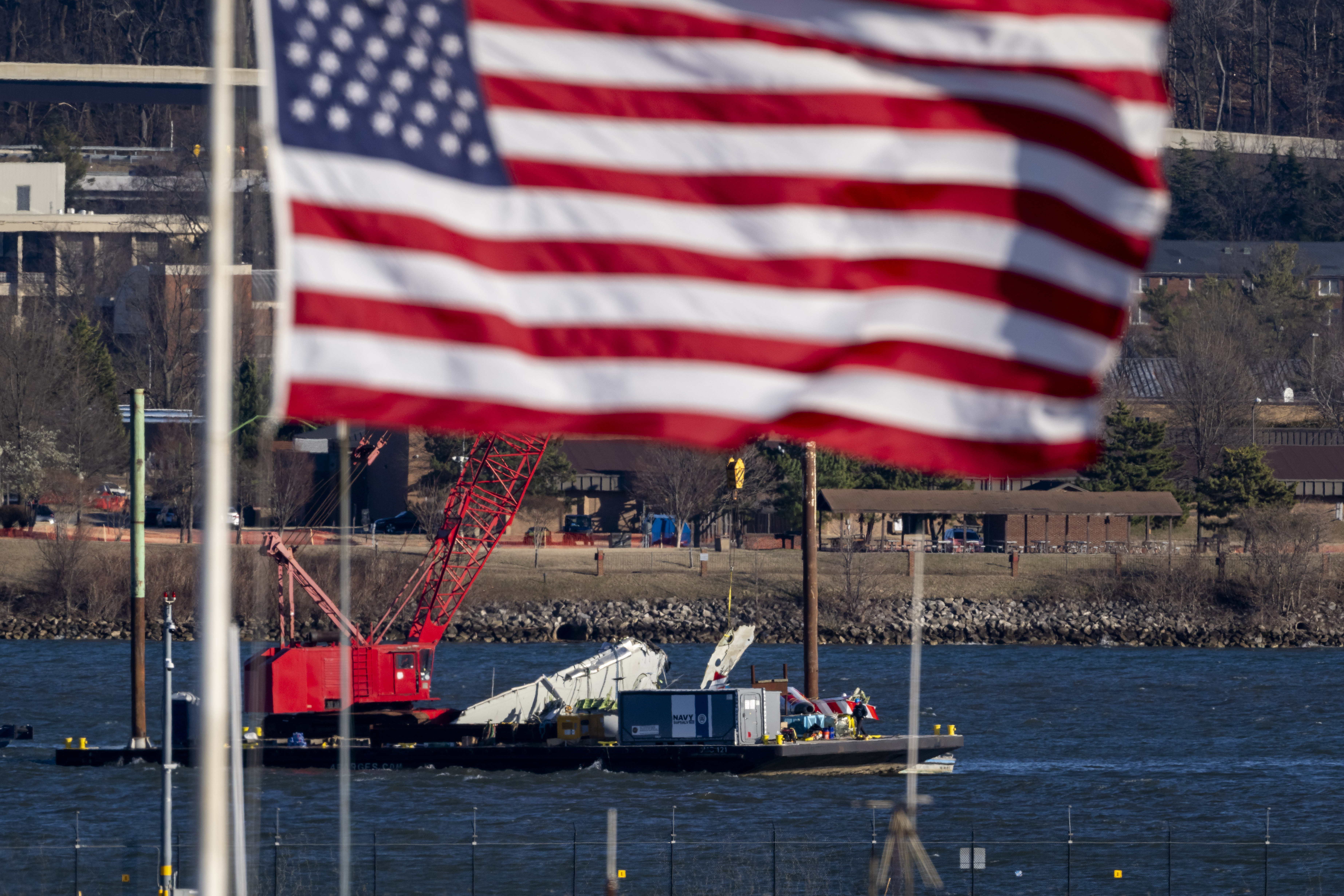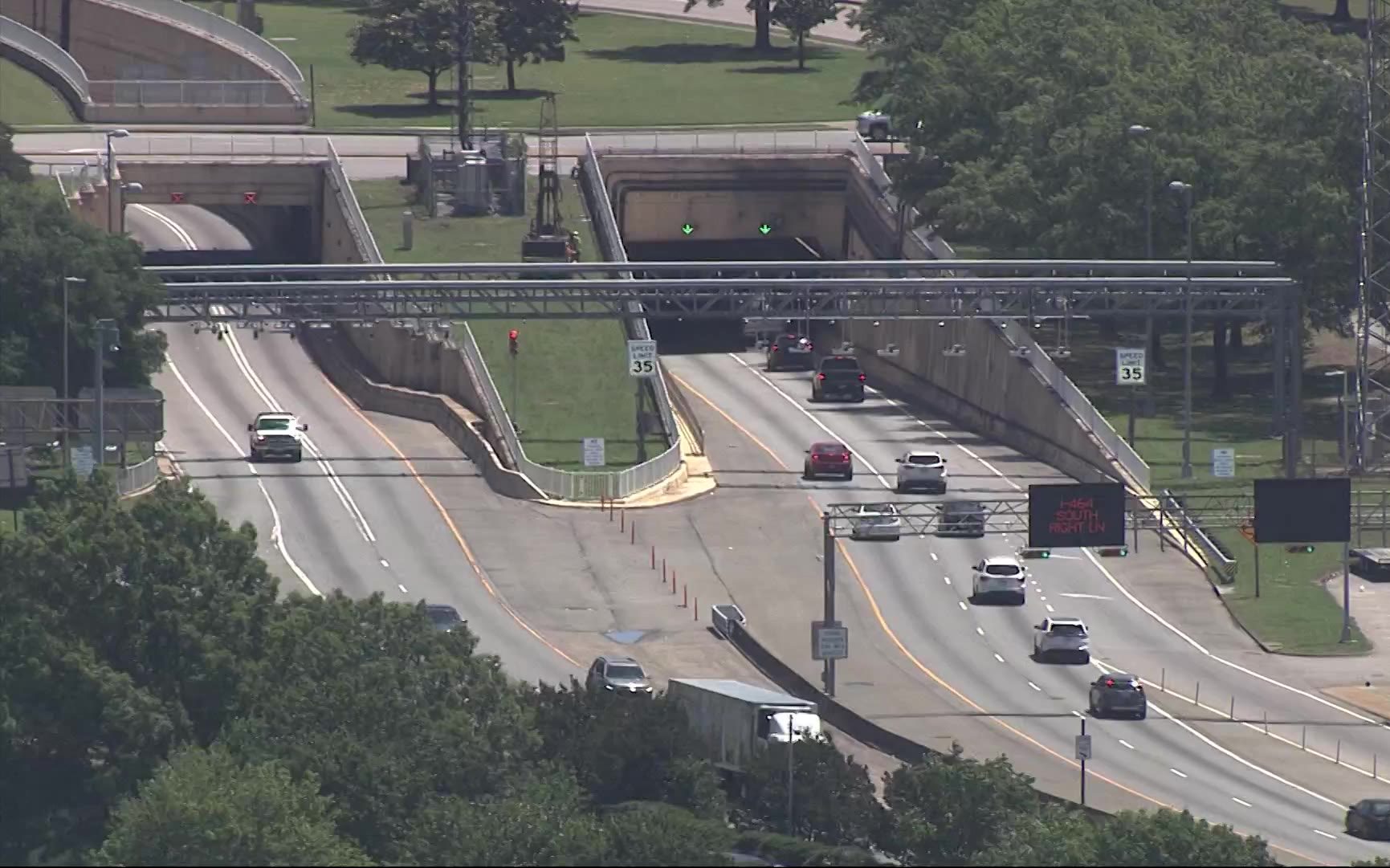LOD, Israel (AP) — Protesters in Israel on Tuesday torched tires, blocked highways and clamored for a ceasefire that would free hostages still in Gaza, as Israeli leaders pressed ahead with plans for an offensive which they argue is needed to crush Hamas.
The disruption came as Palestinians in Gaza braced for the expanded offensive against a backdrop of displacement, destruction and parts of the territory plunging into famine. It also came a day after deadly strikes against Gaza’s main hospital killed 20 people including medics and journalists, among them Mariam Dagga, a journalist who worked for The Associated Press.
Prime Minister Benjamin Netanyahu is expected to hold a security cabinet meeting later Tuesday, but it’s unclear if he will discuss ceasefire efforts. He has said that Israel will launch an expanded offensive in Gaza City while simultaneously pursuing a ceasefire, though Israel has yet to send a negotiating team to discuss a proposal on the table. Netanyahu has said the offensive is the best way to weaken Hamas and return hostages, but hostage families and their supporters have pushed back.
“Go back to the negotiation table. There’s a good deal on the table. It’s something we can work with,” said Ruby Chen, the father of 21-year-old Itay Chen, a dual Israeli-American citizen whose body is being held in Gaza. “We could get a deal done to bring all the hostages back.”
Hamas captured 251 hostages on Oct. 7, 2023. The vast majority have been released during ceasefires. Israel has only rescued eight hostages alive. Fifty hostages remain in Gaza, and around 20 of them are believed by Israel to still be living.
Responding to a call from Israel’s Hostages and Missing Families Forum for a “National Day of Struggle,” protesters waved banners that read “Hostage Deal Now.” The relatives of hostages said they hope steady pressure can push Netanyahu and his security cabinet to commit to ceasefire talks. But far-right members of his coalition have repeatedly threatened to bolt if Israel agrees to a truce and have dismissed the protesters’ demands.
“We could have ended the war a year ago and brought all the hostages and soldiers home. We could have saved hostages and soldiers, but the prime minister chose, again and again, to sacrifice civilians for the sake of his rule,” said Einav Zangauker, whose 25-year-old son Matan was abducted from one of Israel’s hardest hit kibbutzim on Oct. 7.
Strikes continue after hospital double-tap
Calls for a ceasefire came a day after Israel struck southern Gaza’s main hospital, killing at least five journalists and 15 others, including Dagga, who had covered doctors treating children for starvation at the same facility days before.
The strike, among the deadliest of the war against both journalists and hospitals, sparked shock and outrage among press freedom advocates and Palestinians, who mourned the dead at funerals on Monday.
It was swiftly condemned across the globe. Netanyahu called it a “tragic mishap” and said the military would investigate.
Most of those killed died after rushing to the scene of the first blast, only to be hit by a second strike — an attack captured on television by several networks.
The southern Gaza strike came as Israel prepares to expand its offensive into densely populated areas of northern Gaza. Israel’s military wants people in hospitals, displacement camps and Gaza City neighborhoods to evacuate southward to so-called safe zones so it can destroy Hamas and prevent attacks like the Oct. 7, 2023, assault that killed about 1,200 people and triggered the war.
A day after the strike, Israeli strikes killed at least 16 Palestinians on Tuesday, hospitals said.
Officials from Nasser Hospital, Shifa Hospital and Gaza City’s Sheikh Radwan clinic reported that among the 16 were families, women and children.
Gaza’s Health Ministry also said on Tuesday that three more adults died of causes related to malnutrition and starvation, bringing the malnutrition-related death toll to 186 since late June, when the ministry started to count fatalities among this age category. The toll includes 117 children since the start of the war.
Israel’s military offensive has killed 62,819, according to Gaza’s Health Ministry, which does not say how many were fighters or civilians but says around half were women and children. The ministry is part of the Hamas-run government and staffed by medical professionals. The U.N. and independent experts consider it the most reliable source on war casualties. Israel disputes its figures but has not provided its own.
Israeli forces raid downtown Ramallah
Lines of Israeli military vehicles entered downtown Ramallah on Tuesday afternoon in a rare daytime raid on the largest Palestinian city in the Israeli-occupied West Bank.
The Israeli military acknowledged an ongoing operation in the city but would not provide any information about the purpose of the raid.
The Palestinian Red Crescent said there were 19 injuries during the raid, including injuries from live and rubber bullets, tear gas inhalation, and shrapnel. Israeli armored vehicles entered a busy downtown intersection in the city, stopping traffic. A few dozen people attempted to throw rocks at the military vehicles.
The war in Gaza has sparked a surge of violence in the West Bank, with the Israeli military carrying out large-scale operations targeting militants that have killed hundreds of Palestinians and displaced tens of thousands. That has coincided with a rise in settler violence and Palestinian attacks on Israelis.
There have been more than 1,000 attacks by Israeli settlers throughout 2025, with 11 Palestinians killed and roughly 700 injured, according to the United Nations Office for the Coordination of Humanitarian Affairs.
But a daylight operation in downtown Ramallah is a unusual occurrence.
__
Metz reported from Jerusalem and Magdy from Cairo. Associated Press journalists Imad Isseid in Ramallah, West Bank, and Melanie Lidman in Jerusalem contributed reporting.
___
Follow AP’s war coverage at https://apnews.com/hub/israel-hamas-war



